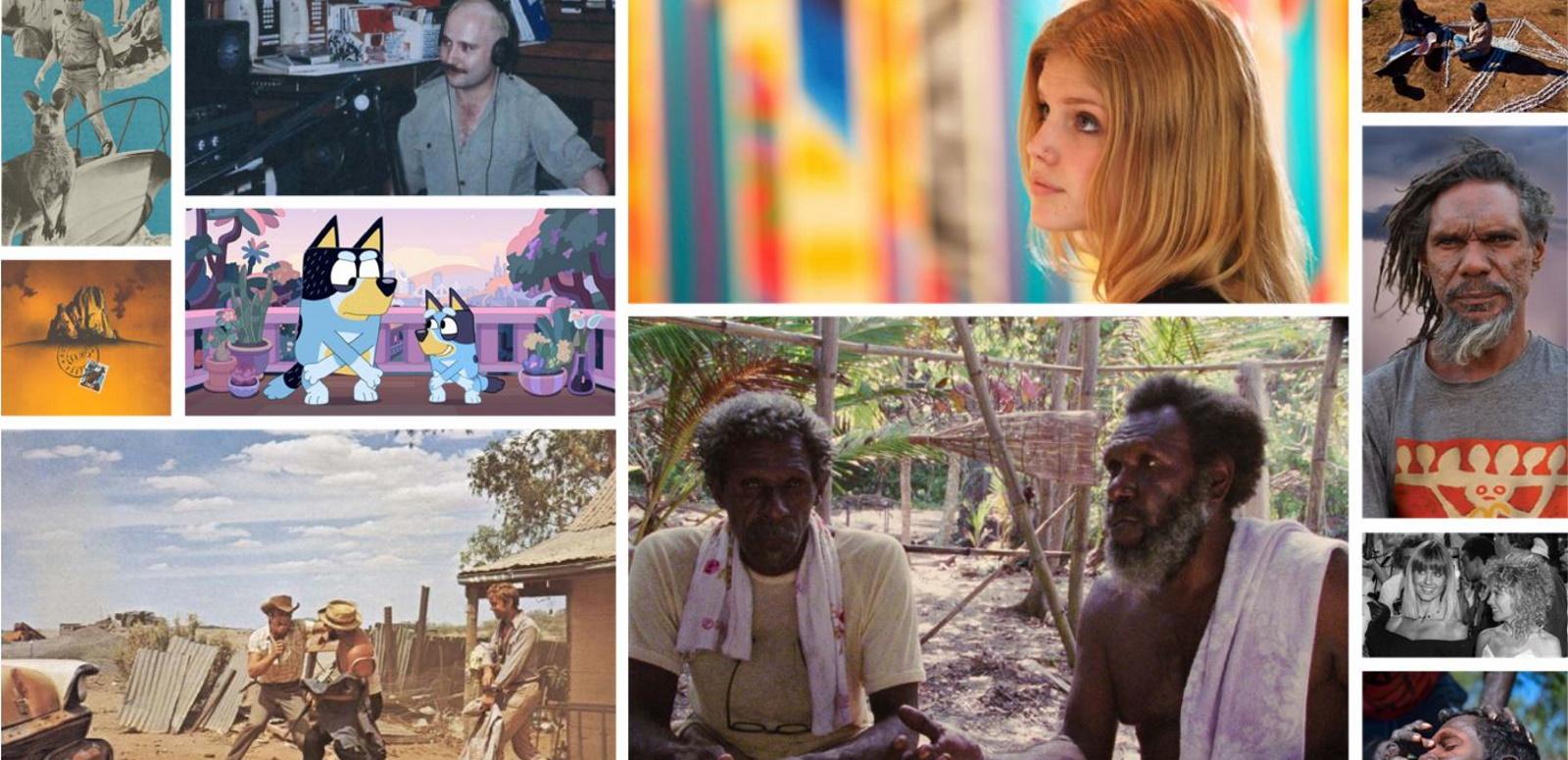Guest writer Dr TJ Thomson examines the role of the NFSA in improving our understanding of the impact of media in our lives and in Australia's history.


Guest writer Dr TJ Thomson examines the role of the NFSA in improving our understanding of the impact of media in our lives and in Australia's history.

If you’re a typical Aussie, you use two or three different types of media, such as television or radio, each day. These media entertain us, inform us, and help us make decisions and understand the wider world. On average, we spend about a third of our days watching digital screens and also consume physical media like books and magazines.
But how aware are you of who's behind the media you consume, the technologies used to create them, and the ways people are represented in those media?
Such questions are critical to ask but ongoing research and a national consultation with 89 organisations conducted in September 2021 found that most Australians need greater access to support and training across their lifetime if they are to participate safely and successfully in digital environments. Without this support and training, many Australians will be excluded, disadvantaged and left behind.
Maybe you or your family members have learned something in school or at university about how media are made and how to be a critical consumer of them. Rapid technological and social changes, however, mean that this can’t be a one-off exercise but rather, should be a lifelong learning process.
The NFSA is a founding member of the Australian Media Literacy Alliance, which is spearheading the call for a national media literacy strategy. Such an initiative would empower ordinary Australians and equip them with resources, toolkits and the networking opportunities they need to be effective and responsible media creators and consumers.
With a collection as vast as the NFSA’s, it has a unique responsibility to reflect the nation’s media history as it develops over time. Compare the NFSA collection of millions of items with the 15,000 titles on Netflix or 2,840 titles on Stan.
Looking back 5 or 50 years can reveal stark differences in everything from technology and fashion to societal norms and expectations. Films in the collection – like the Life in Australia series – are rich with implicit commentary about gender roles and sexuality, the changing nature of work and social expectations, and the nation’s changing cultural attitudes and practices. For example, in this 1960s snapshot of Sydney, uneven attention is paid to Australia’s First Nations peoples:
The NFSA’s collection allows us to examine our past, blemishes and all, so we can learn from it and work together to create a more fair, inclusive and just society.
It allows us to ask questions like: who is being represented? How are they represented? Who is left invisible or relegated to the margins? Who is creating the narrative or telling the story and how can their identities, backgrounds and social or commercial relationships affect how these media objects are created?
We have a responsibility to identify the blind spots, barriers and boundaries in the artefacts we leave behind and in the fabric of our contemporary society today so that truth-telling can happen and so we can honestly examine where we’ve been to inform where we want to go next.
Just as medical records paint a picture of our health over time, what is collected by archives like the NFSA does the same for our culture and our democracy.
Even when the representations made of our past are painful or one-sided, archives have a responsibility to preserve this unvarnished look at ourselves. This is true for both explicit decisions about how media items are shown and also implicit decisions about what is deemed worthy of saving.
Archives also have an obligation to use their collections for the public benefit and encourage citizens to critically engage with media in all its forms and contexts. The NFSA does this, for example, through its Media and Me learning program – a facilitated youth program that explores how media influence and persuade.
With a collection so big and continuously growing, it’s impossible to create explainers for each item in the NFSA. But that’s where you have a role to play. Using media literacy, you can access, analyse, use and recontextualise artefacts in the collection and uncover a richer story than the literal or apparent meaning.
As you explore the collection, first consider the meaning of the media text itself. What is shown or heard and what is the commonsense understanding of what this means?
Second, consider the story behind the media text. How did the political environment, the societal values of the time, and the power relationships between different people or identities affect what could be said or recorded and how?
Third, explore the story in front of the media text. What do you as the viewer or listener bring to the experience? What identities shape how you understand and interpret the story? What backgrounds and experiences do the same?
By thoughtfully engaging with the NFSA’s collection and with the other media you encounter in your day-to-day life, you’ll become a media literacy champion and contribute to a more accessible, fair and representative information society.
Dr TJ Thomson, SFHEA, is a senior lecturer in visual communication and media and a chief investigator at the QUT Digital Media Research Centre. He recently published To See and Be Seen: The Environments, Interactions, and Identities Behind News Images (winner of the NCA 2020 Diane S Hope Book of the Year Award) and is the 2019 Anne Dunn Scholar of the Year.
This article was first published in 2021. The text was updated in 2023.
Want to be the first to hear stories and news from the NFSA?
Subscribe to our newsletter and never miss out.
The National Film and Sound Archive of Australia acknowledges Australia’s Aboriginal and Torres Strait Islander peoples as the Traditional Custodians of the land on which we work and live and gives respect to their Elders both past and present.